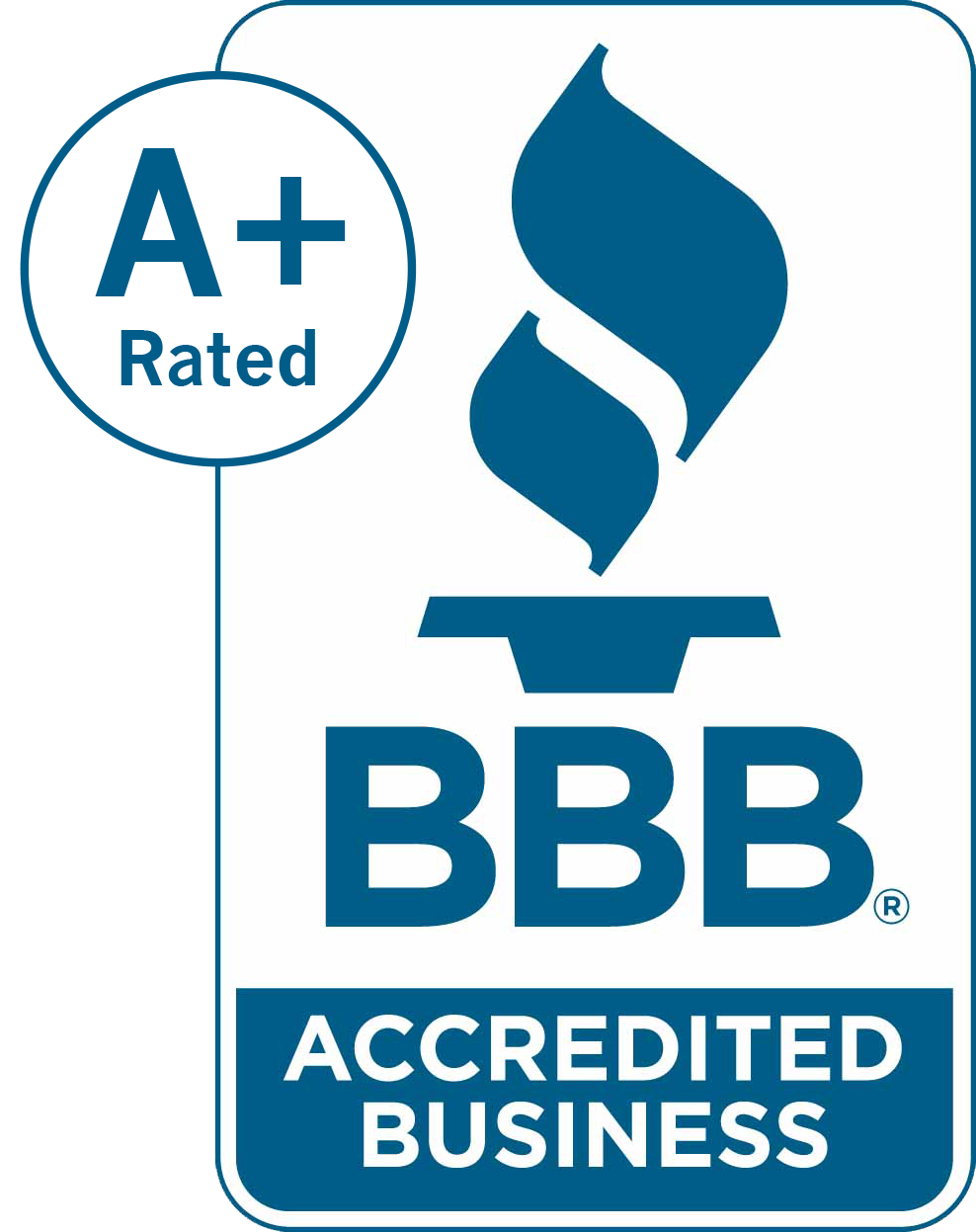How to Establish Parental Relationship in California: Understanding FL 210

Introduction
Establishing a parental relationship is a crucial aspect of a family law case for many families in California. Whether you’re seeking child custody, arranging child support, or simply need to legally establish your connection to your child, understanding the parentage cases process is essential. This article will guide you through the steps of filing a petition to establish a parental relationship in California, explain the required forms, and answer common questions about the process for every party involved.
Understanding Parental Relationship
Establishing a parental relationship is a crucial aspect of family law, as it determines the rights and responsibilities of parents towards their children. In California, the parental relationship can be established through various means, including marriage, adoption, or a court order. This legal recognition is essential for ensuring that both parents can make decisions about their child’s welfare, including education, healthcare, and general upbringing. Without a legally recognized parental relationship, a parent may face challenges in asserting their rights or fulfilling their responsibilities towards their child.
What is a Parental Relationship Case?

A parental relationship case (also called a parentage case or uniform parentage action) legally determines who the legal parents of a child are when the parents weren’t married when the child was born. Once parentage is established, the court can make orders for:
- Child custody and visitation
- Child support
- Health insurance
- Names on the birth certificate
- Reimbursement of pregnancy and birth expenses
Types of Parental Relationship
There are several types of parental relationships, each with its own legal implications:
- Biological parents: The biological mother and father of a child. They are automatically recognized as the child’s parents if they are married at the time of the child’s birth.
- Adoptive parents: Parents who have adopted a child through a legal process. Adoption grants them the same rights and responsibilities as biological parents.
- Step-parents: The spouse of a biological parent who has not adopted the child. While they may play a significant role in the child’s life, they do not have the same legal rights as biological or adoptive parents unless they legally adopt the child.
- Foster parents: Adults who provide temporary care for a child who is not their biological or adoptive child. Foster parents do not have the same legal rights as biological or adoptive parents, as their role is typically temporary.
- Legal parents: Parents who have been granted legal rights and responsibilities towards a child through a court order. This can include biological, adoptive, or other individuals who have been legally recognized as the child’s parents.
Understanding these different types of parental relationships is essential for navigating the legal processes involved in establishing a parental relationship in California.
Steps to Establish Parental Relationship

1. Determine if You Need to File
Before filing a petition to determine parental relationship, check if you already have a case open. You may not need to file if:
- You’re married to the other parent
- You have a divorce or legal separation case pending
- There’s an existing court case involving the child
2. Gather and Complete Required Forms
To start a parentage action, you’ll need these basic documents:
- Form FL-200: Petition to Establish Parental Relationship
- Form FL-210: Summons (Parentage—Custody and Support)
- Form FL-105/GC-120: Declaration Under Uniform Child Custody Jurisdiction and Enforcement Act
The CA FL-210 form is also essential for those looking to modify child support arrangements.
Depending on your situation, you may also need:
- Form FL-311: Child Custody and Visitation Application
- Form FL-312: Request for Child Abduction Prevention Orders
- Form FL-335: Proof of Service by Mail
- Form FL-150: Income and Expense Declaration (if requesting support or attorney fees)
3. File Your Forms with the Court
Take your completed forms to the superior court in the county where the child lives. You’ll need to:
- Make at least two copies of all forms
- Pay the filing fee (or request a fee waiver if you qualify)
- Submit everything to the court clerk
- Keep one set of copies for your records
4. Serve the Other Parent
After filing, you must legally notify every party involved in the case by having someone (not you) personally deliver copies of your filed papers to them. This is called “service of process” and requires:
- A server who is 18 or older and not involved in the case
- Completion of Form FL-115: Proof of Service of Summons
- Filing the proof of service with the court
5. Wait for the Other Parent’s Response
The other parent has 30 days to file a response after being served. They’ll typically use:
- Form FL-220: Response to Petition to Establish Parental Relationship
- Other forms addressing custody, visitation, and support requests
6. Attend Court Hearings

The court will schedule a court hearing to address immediate concerns like temporary custody and support orders. Be prepared to:
- Bring copies of all filed documents
- Present evidence supporting your requests
- Answer questions from the judge
7. Obtain a Final Judgment
The case concludes with a judgment that officially establishes parentage and makes orders about:
- Legal and physical custody
- Visitation orders
- Child support
- Health insurance coverage
- Any other relevant issues
Child Custody and Support
Child custody and support are critical aspects of family law, as they determine the care and well-being of children in the event of a divorce or separation. These legal determinations ensure that the child’s best interests are prioritized and that both parents contribute to their upbringing and financial support.
Child Custody

Child custody refers to the legal right to make decisions regarding a child’s care and upbringing. There are several types of child custody, including:
- Joint custody: Both parents share decision-making responsibilities. This arrangement requires cooperation and communication between the parents to make decisions that are in the best interest of the child.
- Sole custody: One parent has sole decision-making authority. This may be granted in situations where one parent is deemed unfit or unable to participate in the child’s upbringing.
- Physical custody: Refers to the parent with whom the child resides. Physical custody can be joint or sole, depending on the arrangement that best serves the child’s needs.
- Legal custody: The parent with the right to make decisions regarding the child’s care and upbringing, including education, healthcare, and religious instruction. Legal custody can also be joint or sole.
Understanding the different types of child custody is essential for parents navigating family law cases, as it impacts their rights and responsibilities towards their child.
Child Support
Child support refers to the financial support provided by one parent to the other for the care and well-being of their child. In California, child support is calculated based on a formula that takes into account the income of both parents, the number of children, and other factors such as the amount of time each parent spends with the child. The goal of child support is to ensure that the child’s financial needs are met, regardless of the parents’ marital status or living arrangements.
By understanding the principles of child custody and support, parents can better navigate the legal processes involved in establishing a parental relationship and ensure that their child’s best interests are prioritized.
FAQs About Establishing Parental Relationship

Who can file a petition to establish parentage?
A petition can be filed by:
- Either parent
- The child (through a guardian ad litem)
- An adoption agency
- A child support agency if the child receives public assistance
Do I need a DNA test to establish parentage?
Not always. If both parties agree on parentage, no test is needed. However, if parentage is disputed, the court may order genetic testing.
What if the other parent doesn’t respond to my petition?
If the other parent doesn’t file a blank response within 30 days after being served, you can request a default judgment. This allows the court to make decisions without their input.
How much does it cost to file a parentage case?
The filing fee varies by county but is typically between $200-$500. If you can’t afford the fee, ask the court clerk about fee waivers.
Can I establish parentage if the other parent lives in another state?
Yes, but the process may be more complex. California courts can still make parentage determinations if they have proper jurisdiction, which usually requires the child to have lived in California for at least six months.
Can parentage cases address issues like changing a child’s name?
Yes, a parentage case can include requests to change a child’s name, add a parent to the birth certificate, or address other issues related to the parent-child relationship.
Did You Know?
- Establishing parentage is crucial for children born to unmarried parents to secure rights to child support, inheritance, social security benefits, and health insurance.
- In California, parentage cases have no statute of limitations—they can be filed at any time before the child turns 18.
- The Uniform Parentage Act provides a framework for establishing parental relationships that’s recognized across multiple states.
- Family law cases involving domestic violence may have special procedures to protect vulnerable parties involved.
- Many counties offer self-help centers where staff can review your forms before filing.
- Once parentage is established, it creates the same legal relationship between parent and child as if the parents had been married.
- Child custody and support established in a parentage case can be modified later if circumstances change.
- Social security numbers of parents and children are required on many family law forms but are kept confidential by the court.
Getting Help

Navigating a parentage case can be complex. Consider seeking help from:
- A family law attorney
- Your local court’s self-help center
- Legal aid organizations
- Family law facilitators at your local courthouse
Understanding your rights and responsibilities is crucial when establishing a parental relationship. By following the proper procedures and completing all required forms correctly, you can help ensure the best outcome for you and your child.
- A.S.













